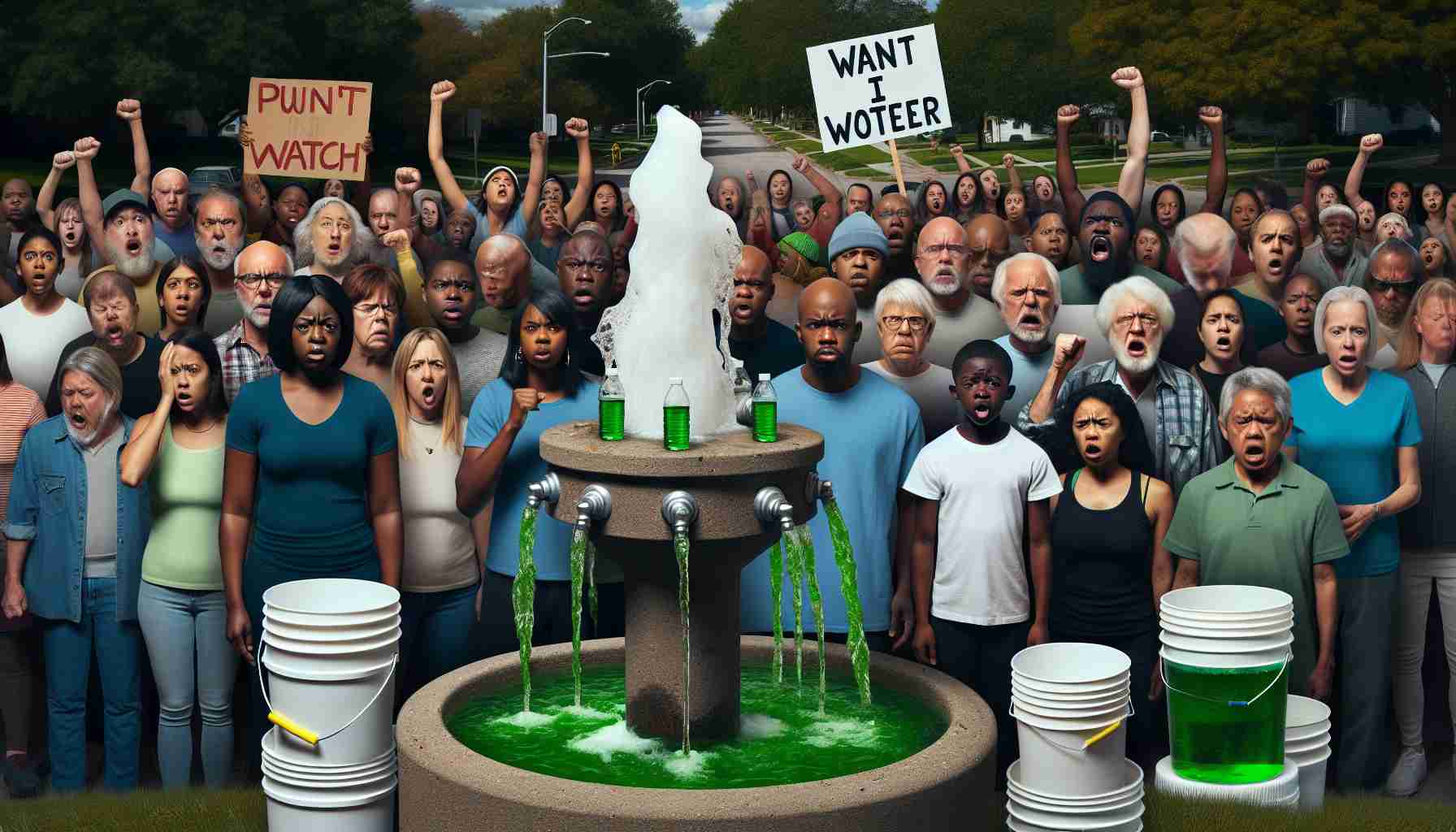
Residents in Uproar Over Mysterious Water Contamination
Local residents and business owners in a coastal town have been dealing with a puzzling issue involving the water quality at a popular beach. The once-thriving tourist hotspot has been off-limits to the public for three months due to high levels of harmful bacteria detected in the water.
The closure of the beach has left both residents and entrepreneurs frustrated as they grapple with the lack of information and transparency surrounding the situation. Despite nearly a season passing, there has been no clear diagnosis or action taken to address the contamination issue plaguing the area.
Authorities have failed to pinpoint the exact source of the contamination, with speculations ranging from a broken underwater sewage pipe to the overcapacity of the local wastewater treatment plant. The repercussions of the polluted waters have been severe, leading to numerous cases of illnesses among locals, including vomiting, diarrhea, and skin problems.
The ongoing closure of the beach has not only impacted public health but has also taken a toll on the local economy, forcing some businesses to make difficult decisions such as laying off employees. With no end in sight, community members are growing increasingly restless, demanding accountability and urgent solutions from the relevant authorities.
The community advocacy group, Coastal Cleanup Alliance, has been actively pushing for action to address the environmental crisis, highlighting the detrimental effects on public health and the local economy. Despite mounting pressure, a concrete resolution remains elusive, leaving residents questioning the competence and priorities of those responsible for safeguarding the well-being of the community.
New Findings Revealed in Mysterious Water Contamination Crisis
Local residents and business owners continue to grapple with the ongoing water quality crisis that has plagued the coastal town for several months. While the previous article touched on the frustrations surrounding the lack of information and transparency, new details have emerged shedding light on the severity of the situation.
Key Questions:
1. What are the latest findings regarding the water contamination issue?
2. Has any progress been made in identifying the source of the pollution?
3. How has the prolonged beach closure affected the community beyond health and economic aspects?
Recent Discoveries and Challenges:
Recent investigations by environmental experts have uncovered that the water contamination might be linked to illegal dumping of industrial waste in the nearby water bodies. This shocking revelation has raised concerns about the potential long-term environmental impact and the need for stricter regulations to prevent such incidents in the future.
Although efforts have been made to increase surveillance and monitoring of the water quality, challenges remain in holding accountable those responsible for the illegal disposal of hazardous materials. The lack of oversight and enforcement mechanisms has allowed such activities to go undetected, posing a significant threat to both public health and the environment.
Advantages and Disadvantages:
One of the advantages of these new findings is that it provides a clearer direction for remediation efforts, focusing on curbing illegal practices and implementing stricter regulations to protect water resources. Increased awareness and community engagement are also positive outcomes, driving collective action towards safeguarding the environment.
However, the complexity of the contamination issue poses significant disadvantages, including the potential for prolonged legal battles and disputes over liability. Resolving the crisis may require substantial financial resources and coordination among multiple stakeholders, further complicating the path towards a sustainable solution.
Related Links:
– Environmental Protection Agency
– National Oceanic and Atmospheric Administration
Continued collaboration between local authorities, environmental agencies, and community organizations is crucial in addressing the deep-rooted challenges posed by the water contamination crisis. Transparency, accountability, and swift action are essential to restoring public trust and ensuring the long-term well-being of the affected residents and the ecosystem.
The source of the article is from the blog klikeri.rs